�
Mathematical Modeling
Fourth Edition
Mathematical
Modeling
Fourth Edition
Mark M. Meerschaert
Department of Statistics and Probability
Michigan State University
A430 Wells Hall
East Lansing, MI 48824-1027 USA
AMSTERDAM • BOSTON • HEIDELBERG • LONDON
NEW YORK • OXFORD • PARIS • SAN DIEGO
SAN FRANCISCO • SINGAPORE • SYDNEY • TOKYO
Academic Press is an Imprint of Elsevier
�
Academic Press is an imprint of Elsevier
225 Wyman Street, Waltham, MA 02451, USA
525 B Street, Suite 1900, San Diego, CA 92101-4495, USA
The Boulevard, Langford Lane, Kidlington, Oxford OX5 1GB, UK
Radarweg 29, PO Box 211, 1000 AE Amsterdam, The Netherlands
F
ourth
edition 2013
Copyright © 2013, Elsevier Inc. All rights reserved.
No part of this publication may be reproduced, stored in a retrieval system or transmitted
in any form or by any means electronic, mechanical, photocopying, recording or other-
wise without the prior written permission of the publisher.
Permissions may be sought directly from Elsevier
Science & Technology Rights
Department in Oxford, UK: phone (+44) (0) 1865 843830; fax (+44) (0) 1865 853333;
email: permissions@elsevier.com. Alternatively you can submit your request online by
visiting the Elsevier web site at http://elsevier.com/locate/permissions, and selecting
Obtaining permission to use Elsevier material.
’s
Notices
No responsibility is assumed by the publisher for any injury and/or damage to persons
or property as a matter of products liability, negligence or otherwise, or from any use
or operation of any methods, products, instructions or ideas contained in the material
herein.
Library of Congress Cataloging-in-Publication Data
Meerschaert, Mark M., 1955-
Mathematical modeling / Mark M. Meerschaert. – 4th ed.
p. cm.
Includes index.
ISBN 978-0-12-386912-8
1. Mathematical models. I. Title.
QA401.M48 2013
511'.8– dc23
2012037454
British Library Cataloguing-in-Publication Data
A catalogue record for this book is available from the British Library
ISBN: 978-0-12-386912-8
For information on all Academic Press publications
visit our web site at store.elsevier.com
Printed and bound in USA
13 14 15 16 17 10 9 8 7 6 5 4 3 2 1
�
Preface
Mathematical modeling is the link between mathematics and the rest of the
world. You ask a question. You think a bit, and then you refine the question,
phrasing it in precise mathematical terms. Once the question becomes a math-
ematics question, you use mathematics to find an answer. Then finally (and
this is the part that too many people forget), you have to reverse the process,
translating the mathematical solution back into a comprehensible, no–nonsense
answer to the original question. Some people are fluent in English, and some
people are fluent in calculus. We have plenty of each. We need more people
who are fluent in both languages and are willing and able to translate. These
are the people who will be influential in solving the problems of the future.
This text, which is intended to serve as a general introduction to the area
of mathematical modeling, is aimed at advanced undergraduate or beginning
graduate students in mathematics and closely related fields. Formal prerequi-
sites consist of the usual freshman–sophomore sequence in mathematics, includ-
ing one–variable calculus, multivariable calculus, linear algebra, and differential
equations. Prior exposure to computing and probability and statistics is useful,
but is not required.
Unlike some textbooks that focus on one kind of mathematical model, this
book covers the broad spectrum of modeling problems, from optimization to
dynamical systems to stochastic processes. Unlike some other textbooks that
assume knowledge of only a semester of calculus, this book challenges students
to use all of the mathematics they know (because that is what it takes to solve
real problems).
The overwhelming majority of mathematical models fall into one of three
categories: optimization models; dynamic models; and probability models. The
type of model used in a real application might be dictated by the problem at
hand, but more often, it is a matter of choice. In many instances, more than
one type of model will be used. For example, a large Monte Carlo simulation
model may be used in conjunction with a smaller, more tractable deterministic
dynamic model based on expected values.
This book is organized into three parts, corresponding to the three main
categories of mathematical models. We begin with optimization models. A five-
step method for mathematical modeling is introduced in Section 1 of Chapter
1, in the context of one–variable optimization problems. The remainder of
the first chapter is an introduction to sensitivity analysis and robustness. These
vii
�
viii
PREFACE
fundamentals of mathematical modeling are used in a consistent way throughout
the rest of the book. Exercises at the end of each chapter require students
to master them as well. Chapter 2, on multivariable optimization, introduces
decision variables, feasible and optimal solutions, and constraints. A review of
the method of Lagrange multipliers is provided for the benefit of those students
who were not exposed to this important technique in multivariable calculus.
In the section on sensitivity analysis for problems with constraints, we learn
that Lagrange multipliers represent shadow prices (some authors call them dual
variables). This sets the stage for our discussion of linear programming later
in Chapter 3. At the end of Chapter 3 is a section on discrete optimization
that was added in the second edition. Here we give a practical introduction to
integer programming using the branch–and–bound method. We also explore the
connection between linear and integer programming problems, which allows an
earlier introduction to the important issue of discrete versus continuous models.
Chapter 3 covers some important computational techniques, including Newton’s
method in one and several variables, and linear and integer programming.
In the next part of the book, on dynamic models, students are introduced
to the concepts of state and equilibrium. Later discussions of state space, state
variables, and equilibrium for stochastic processes are intimately connected to
what is done here. Nonlinear dynamical systems in both discrete and continuous
time are covered. There is very little emphasis on exact analytical solutions in
this part of the book, since most of these models admit no analytic solution.
At the end of Chapter 6 is a section on chaos and fractals that was added in
the second edition. We use both analytic and simulation methods to explore
the behavior of discrete and continuous dynamic models, to understand how
they can become chaotic under certain conditions. This section provides a
practical and accessible introduction to the subject. Students gain experience
with sensitive dependence to initial conditions, period doubling, and strange
attractors that are fractal sets. Most important, these mathematical curiosities
emerge from the study of real–world problems.
Finally, in the last part of the book, we introduce probability models. No
prior knowledge of probability is assumed. Instead we build upon the material in
the first two parts of the book, to introduce probability in a natural and intuitive
way as it relates to real–world problems. Chapter 7 introduces the basic notions
of random variables, probability distributions, the strong law of large numbers,
and the central limit theorem. At the end of Chapter 7, Introduction to Prob-
ability Models, is a section on diffusion, which was added in the third edition.
Here we give a gentle introduction to partial differential equations by focusing
on the diffusion equation. We provide a simple derivation of the point source
solution to this partial differential equation, using Fourier transforms, to arrive
at the normal density. Then we connect the diffusion model to the central limit
theorem introduced in the previous Section 7.3, Introduction to Statistics. This
new section on diffusion grew out of a class taught at the University of Nevada
for beginning graduate students in the earth sciences. The applications are to
contaminant migration in the atmosphere and ground water. Chapter 8 covers
the basic models of stochastic processes, including Markov chains, Markov pro-
�
PREFACE
ix
cesses, and linear regression. At the end of Chapter 8, Stochastic Models, a new
section on time series was added in the third edition. This section also serves as
an introduction to multivariate regression models with more than one predic-
tor. As a natural follow-up to the discussion in Section 8.3, Linear Regression,
the new section on time series introduces the important idea of correlation. It
also shows how to recognize correlated variables and include the dependence
structure in a time series model. The discussion is focused on autoregressive
models, since these are the most generally useful time series models. They are
also the most convenient, in that they can be handled using widely available
linear regression software. For the benefit of students with access to a statistical
package, this section illustrates the proper application and interpretation of ad-
vanced methods including autocorrelation plots and sequential sums of squares.
However, the entire section can also be covered using only a basic implemen-
tation of regression that allows multiple predictors and outputs the two basic
measures: R2 and the residual standard deviation s. This can all be done with
a good spreadsheet or hand calculator. Chapter 9 treats simulation methods
for stochastic models. The Monte Carlo method is introduced, and Markov
property is applied to create efficient simulation algorithms. Analytic simula-
tion methods are also explored, and compared to the Monte Carlo method. In
the fourth edition, two new sections were added to the end of Chapter 9. The
first new section covers particle tracking methods, for solving partial differential
equations via Monte carlo simulation of the underlying stochastic process. The
final section of the book introduces fractional calculus in the context of anoma-
lous diffusion. The fractional diffusion equation is solved by particle tracking,
and applied to a problem in ground water pollution. This section ties together
the concepts of fractals, fractional derivatives, and probability distributions with
heavy tails.
Each chapter in this book is followed by a set of challenging exercises. These
exercises require significant effort, as well as a certain amount of creativity, on
the part of the student. I did not invent the problems in this book. They are
real problems. They were not designed to illustrate the use of any particular
mathematical technique. Quite the opposite. We will occasionally go over some
new mathematical techniques in this book because the problem demands it. I
was determined that there would be no place in this book where a student
could look up and ask, “What is all of this for?” Although typically oversim-
plified or grossly unrealistic, story problems embody the fundamental challenge
in applying mathematics to solve real problems. For most students, story prob-
lems present plenty of challenge. This book teaches students how to solve story
problems. There is a general method that can be applied successfully by any
reasonably capable student to solve any story problem. It appears in Chapter
1, Section 1. This same general method is applied to problems of all kinds
throughout the text.
Following the exercises in each chapter is a list of suggestions for further
reading. This list includes references to a number of UMAP modules in applied
mathematics that are relevant to the material in the chapter. UMAP modules
can provide interesting supplements to the material in the text, or extra credit
�
x
PREFACE
projects. All of the UMAP modules are available at a nominal cost from the
Consortium for Mathematics and Its Applications (www.comap.com).
One of the major themes of this book is the use of appropriate technology
for solving mathematical problems. Computer algebra systems, graphics, and
numerical methods all have their place in mathematics. Many students have
not had an adequate introduction to these tools. In this course we introduce
modern technology in context. Students are motivated to learn because the
new technology provides a more convenient way to solve real–world problems.
Computer algebra systems and 2–D graphics are useful throughout the course.
Some 3–D graphics are used in Chapters 2 and 3 in the sections on multivari-
able optimization. Students who have already been introduced to 3–D graphics
should be encouraged to use what they know. Numerical methods covered in the
text include, among others, Newton’s method, linear programming, the Euler
method, linear regression, and Monte Carlo simulation.
The text contains numerous computer–generated graphs, along with instruc-
tion on the appropriate use of graphing utilities in mathematics. Computer al-
gebra systems are used extensively in those chapters where significant algebraic
calculation is required. The text includes computer output from the computer
algebra systems Maple and Mathematica in Chapters 2, 4, 5, and 8. The chap-
ters on computational techniques (Chapters 3, 6, and 9) discuss the appropriate
use of numerical algorithms to solve problems that admit no analytic solution.
Sections 3.3 and 3.4 on linear-integer programming include computer output
from the popular linear programming package LINDO. Sections 8.3 and 8.4
on linear regression and time series include output from the commonly used
statistical package Minitab.
Students need to be provided with access to appropriate technology in or-
der to take full advantage of this textbook. We have tried to make it easy for
instructors to use this textbook at their own institution, whatever their situa-
tion. Some will have the means to provide students with access to sophisticated
computing facilities, while others will have to make do with less. The bare ne-
cessities include: (1) a software utility to draw 2–D graphs; and (2) a machine
on which students can execute a few simple numerical algorithms. All of this can
be done, for example, with a computer spreadsheet program or a programmable
graphics calculator. The ideal situation would be to provide all students access
to a good computer algebra system, a linear programming package, and a statis-
tical computing package. The following is a partial list of appropriate software
packages that can be used in conjunction with this textbook.
�
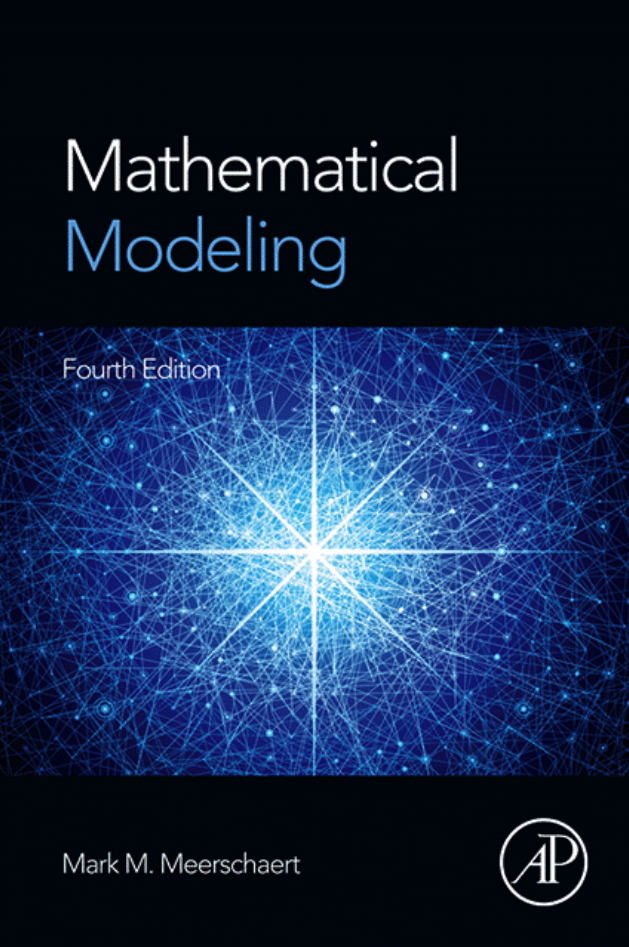
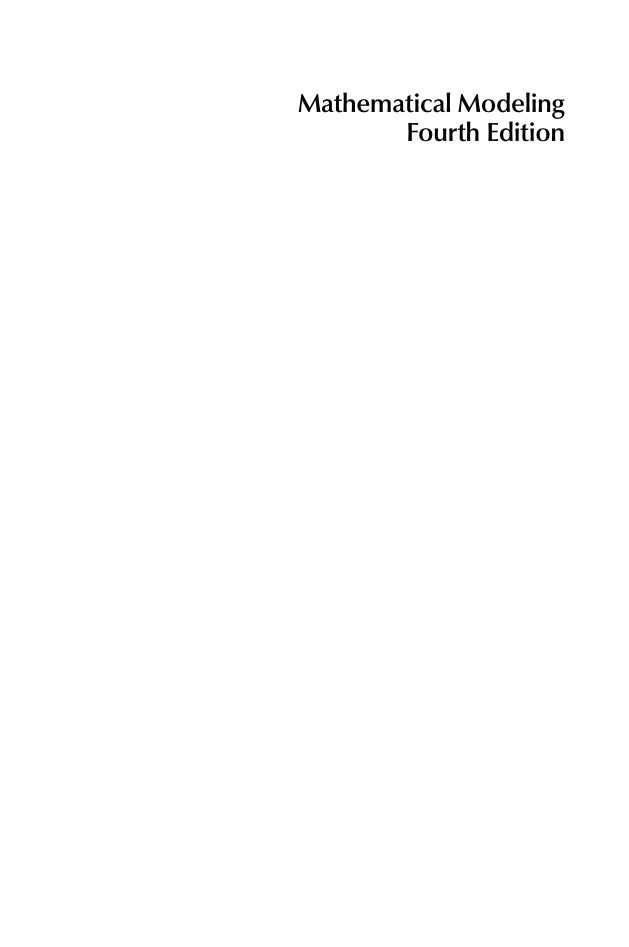
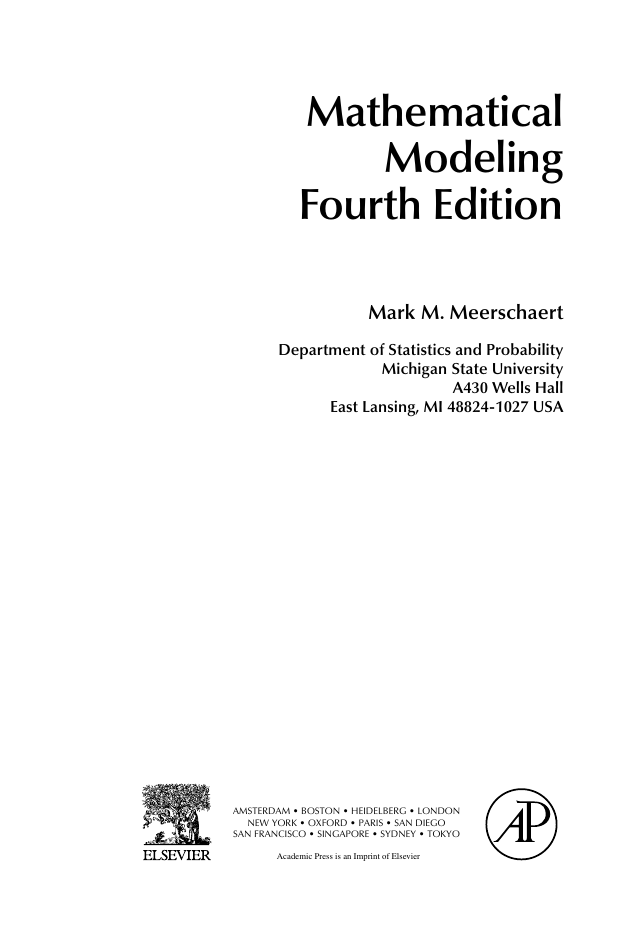
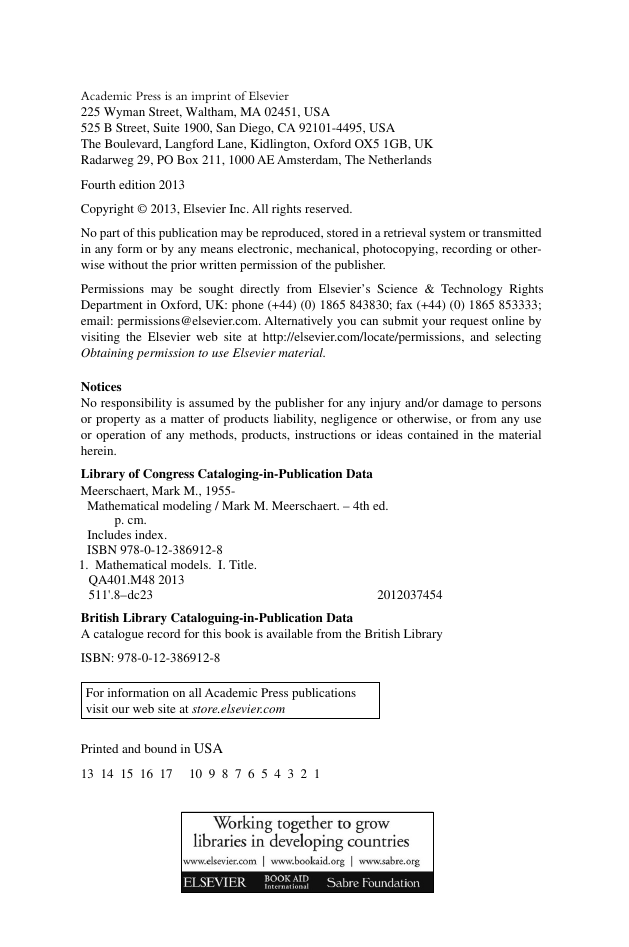
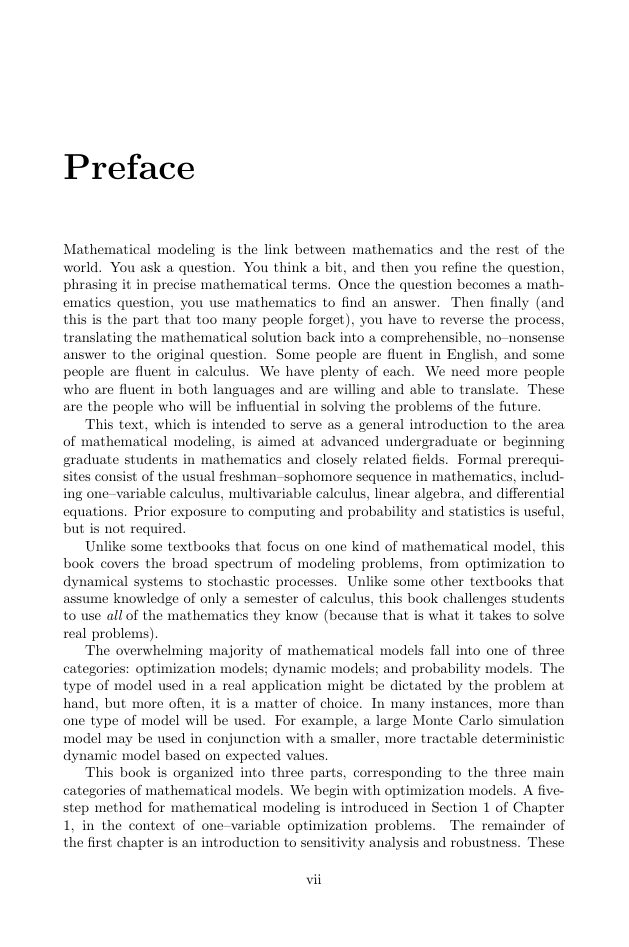
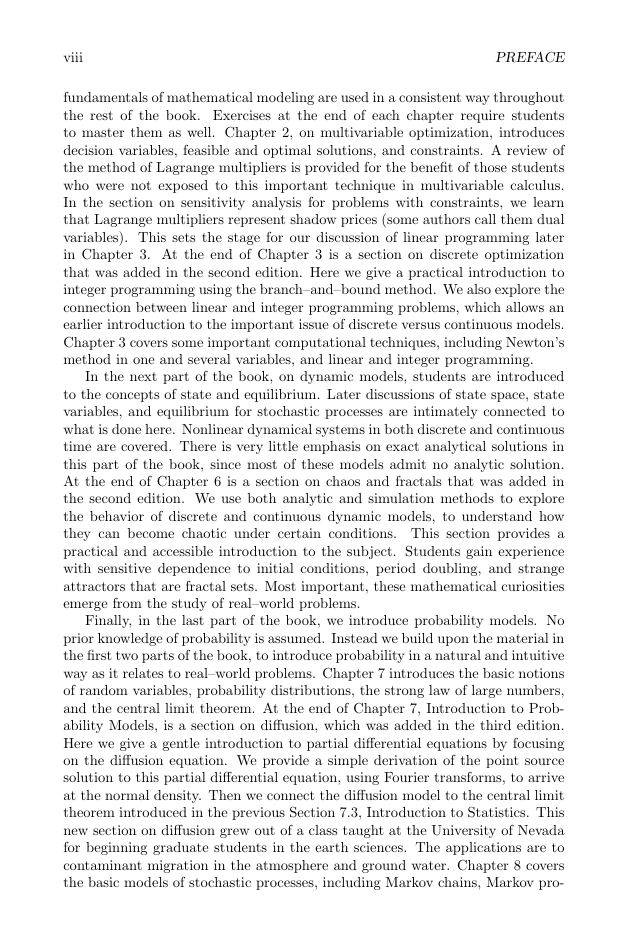
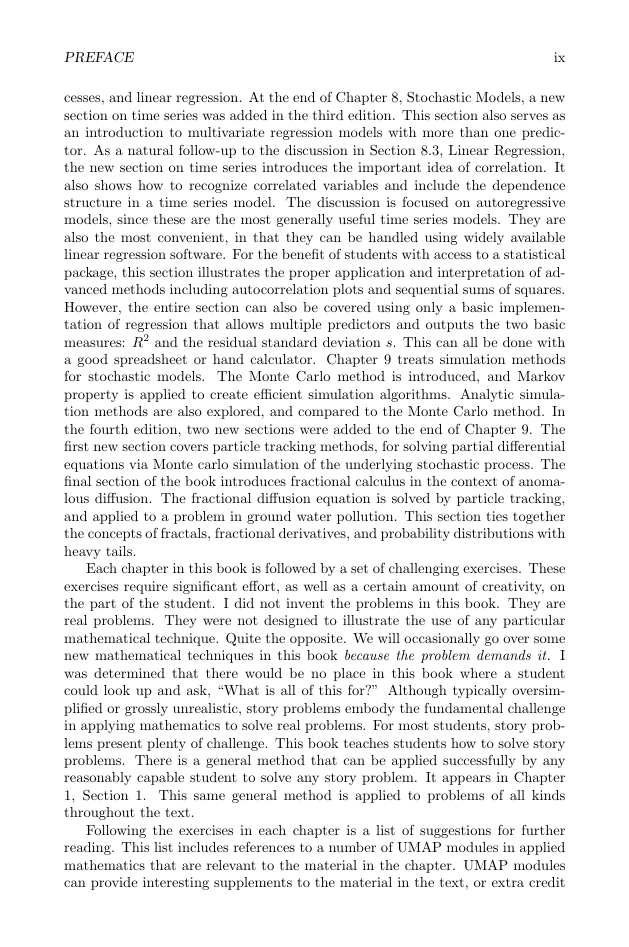









 2023年江西萍乡中考道德与法治真题及答案.doc
2023年江西萍乡中考道德与法治真题及答案.doc 2012年重庆南川中考生物真题及答案.doc
2012年重庆南川中考生物真题及答案.doc 2013年江西师范大学地理学综合及文艺理论基础考研真题.doc
2013年江西师范大学地理学综合及文艺理论基础考研真题.doc 2020年四川甘孜小升初语文真题及答案I卷.doc
2020年四川甘孜小升初语文真题及答案I卷.doc 2020年注册岩土工程师专业基础考试真题及答案.doc
2020年注册岩土工程师专业基础考试真题及答案.doc 2023-2024学年福建省厦门市九年级上学期数学月考试题及答案.doc
2023-2024学年福建省厦门市九年级上学期数学月考试题及答案.doc 2021-2022学年辽宁省沈阳市大东区九年级上学期语文期末试题及答案.doc
2021-2022学年辽宁省沈阳市大东区九年级上学期语文期末试题及答案.doc 2022-2023学年北京东城区初三第一学期物理期末试卷及答案.doc
2022-2023学年北京东城区初三第一学期物理期末试卷及答案.doc 2018上半年江西教师资格初中地理学科知识与教学能力真题及答案.doc
2018上半年江西教师资格初中地理学科知识与教学能力真题及答案.doc 2012年河北国家公务员申论考试真题及答案-省级.doc
2012年河北国家公务员申论考试真题及答案-省级.doc 2020-2021学年江苏省扬州市江都区邵樊片九年级上学期数学第一次质量检测试题及答案.doc
2020-2021学年江苏省扬州市江都区邵樊片九年级上学期数学第一次质量检测试题及答案.doc 2022下半年黑龙江教师资格证中学综合素质真题及答案.doc
2022下半年黑龙江教师资格证中学综合素质真题及答案.doc